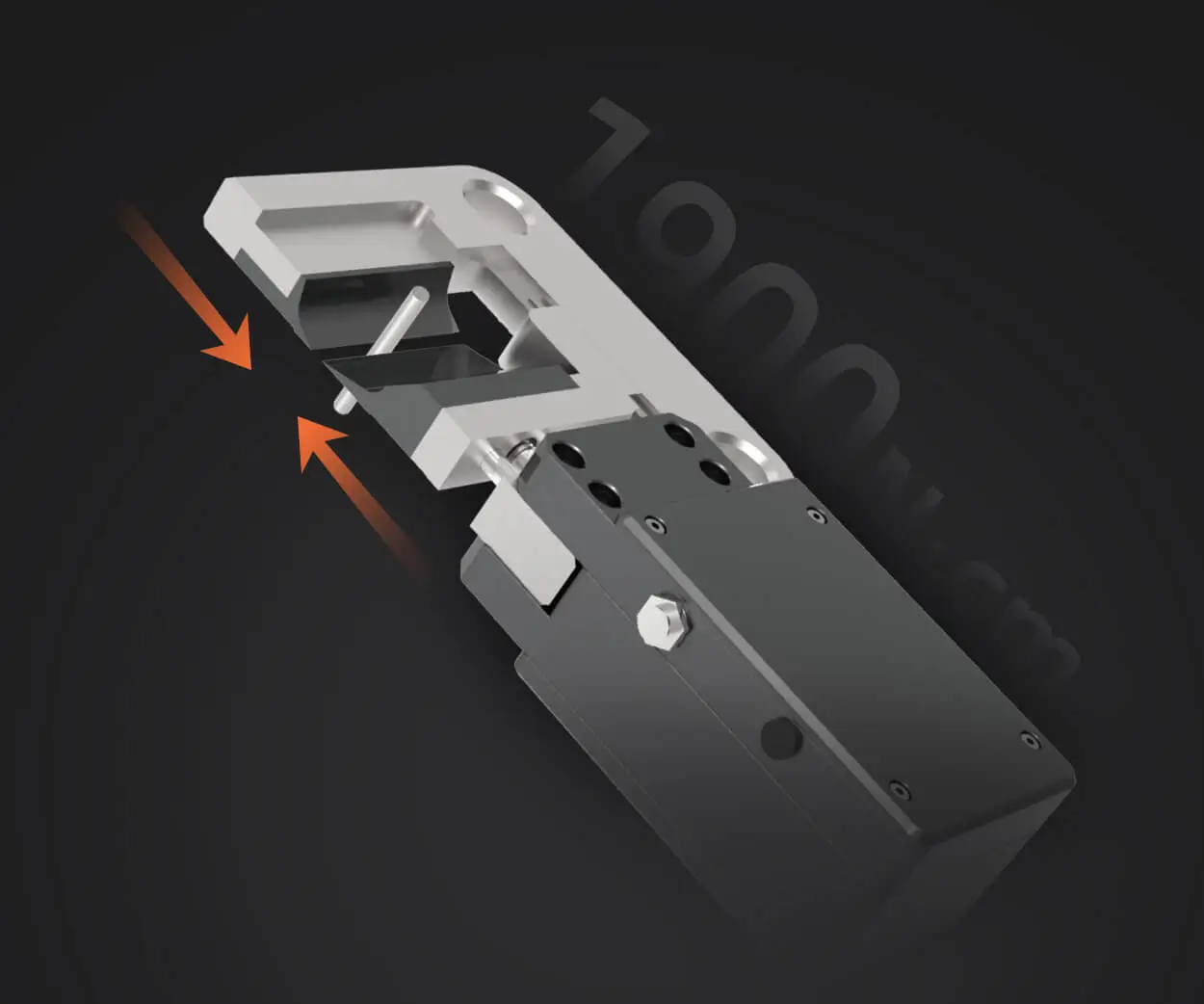part 1:
Imagine a world where machines move with effortless grace, transforming raw energy into smooth, precise motion. From the robotic arms in manufacturing plants to the tiny gears inside a wristwatch, the secret lies in one fundamental process: connecting a motor to a gear.

At the heart of countless mechanical systems, this connection isn’t merely about attaching two parts; it’s about creating a harmonious relationship where power flows seamlessly, and control remains impeccable. Whether in heavy machinery or delicate instrumentation, the way we link motors to gears defines performance, efficiency, and the longevity of the entire system.
The Importance of Connecting Motor to Gear
Understanding why connecting a motor to a gear matters begins with recognizing the role each component plays. The motor acts as the powerhouse—converting electrical energy into rotational motion. The gear, on the other hand, modifies this motion—adjusting speed, torque, and direction according to the system’s needs.
A successful connection ensures that this energy transfer occurs with minimal loss, vibration, and wear. When done skillfully, it results in smooth operation, precise control, and longevity. Faulty connections, however, can lead to misalignment, excessive vibrations, or even catastrophic failure, making the process an area of focus for engineers and technicians alike.
Types of Motor-Gear Connections
There are several methods to connect a motor to a gear, each suited for different applications and design considerations:
Rigid Couplings: These connections physically lock the motor shaft to the gear, providing a direct transmission of power. They are simple and efficient but require precise alignment. Examples include sleeve couplings and flange couplings.
Flexible Couplings: Designed to accommodate slight misalignments, flexible couplings use elements like elastomeric inserts or articulating joints. They help absorb shock loads and reduce wear, making them ideal in variable conditions.
Gear Attachments via Shafts: Sometimes, gears are mounted on the motor shaft with keyways, setscrews, or splines. This direct method offers high efficiency but demands careful attention to fit and alignment.
Chain or Belt Drives: For certain applications, motors are connected to gears through chains or belts, which allow for distance between components and can absorb shocks and vibrations.
Choosing the right connection method hinges on factors like load requirements, space constraints, maintenance considerations, and operational precision.
Precision in Alignment: The Key to Success
One fundamental challenge in connecting a motor to a gear is ensuring perfect alignment. Misalignment, even if subtle, can cause uneven wear, increased energy consumption, and noise.
There are three main types of misalignment:
Axial misalignment: When shafts are not on the same axis. Angular misalignment: When shafts are tilted relative to each other. Parallel misalignment: When shafts are offset side-to-side.
Addressing these through careful measurement and adjustment is essential for optimal operation. Techniques include using dial indicators, laser alignment tools, or imaging methods to visualize and correct misalignments before final assembly.
Material Choices and Durability
Connecting motor to gear involves more than just mechanical fit; material selection also impacts durability. Shafts are often made from hardened steel to withstand torque and wear. Couplings may incorporate elastomers, metals, or composites to balance strength with flexibility.
Gears themselves need to be manufactured from robust materials such as bronze, steel, or composite resins, depending on load and speed requirements. The interface between the shaft and the gear should minimize friction while maximizing grip, achieved through precise machining and suitable coupling designs.
Troubleshooting Common Connection Issues
Even with careful planning, issues can arise:
Vibration and Noise: Often caused by misalignment or imbalanced loads. Excessive Wear: Resulting from inadequate lubrication or material mismatch. Slippage: Usually due to loose fittings or worn-out keyways. Overheating: Due to excessive load or poor heat dissipation.
Addressing these requires a combination of regular maintenance, quality components, and a thorough understanding of the system’s dynamics.
Innovations in Connecting Motor to Gear
Modern technology has introduced innovations like adaptive couplings that automatically compensate for misalignments, smart sensors that monitor connection health, and modular designs that facilitate easier assembly and maintenance.
Additive manufacturing (3D printing) also opens possibilities for customized, lightweight coupling solutions tailored to specific needs, reducing costs and delivery times.
Preparing for a Successful Connection
Before connecting motor and gear, proper planning simplifies the process:
Verify component specifications and compatibility. Prepare clean, prepared surfaces free from debris. Use the right tools for measurement and assembly. Follow manufacturer guidelines diligently.
A meticulous approach ensures a connection that stands the test of time and demanding conditions.
Stay tuned for part 2, where we delve deeper into installation techniques, maintenance strategies, and innovative directions shaping the future of motor-gear connections.
Established in 2005, Kpower has been dedicated to a professional compact motion unit manufacturer, headquartered in Dongguan, Guangdong Province, China.




































